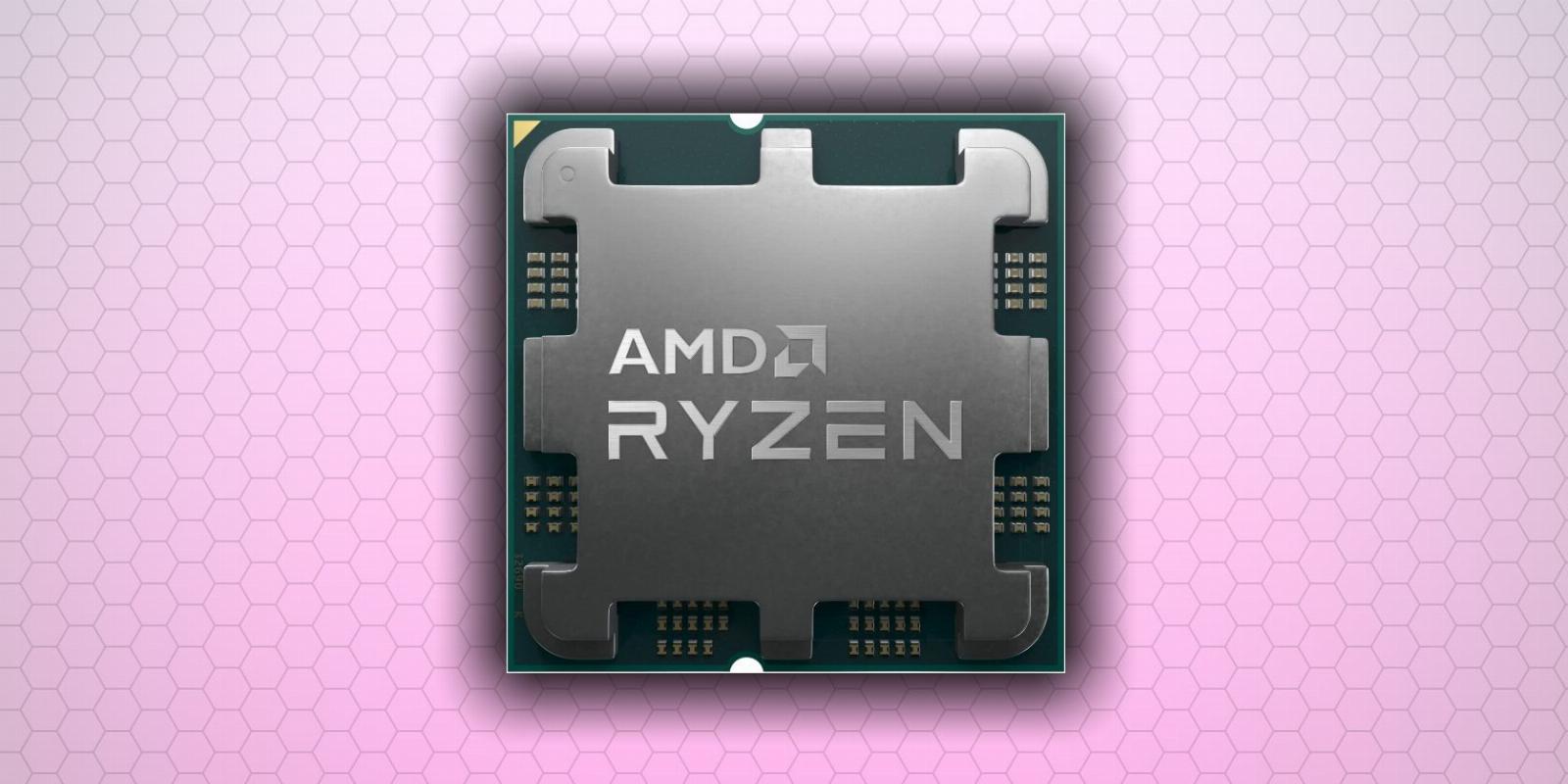
Ryzen 7000 X vs. Non-X CPUs: Everything You Need to Know
Reading Time: 3 minutesAMD launched its new low-power CPUs at CES 2023, but what’s the difference?
At CES 2023, AMD unveiled its latest lineup of Zen 4 non-X desktop CPUs, including the 12-core Ryzen 9 7900, the 8-core Ryzen 7 7700, and the 6-core Ryzen 5 7600. Not only do these chips benefit from a significant reduction in thermal and power output over the existing X SKU, but they also make for an affordable entry point into the AM5 platform.
With that said, how do these low-powered non-X variants stack up against their X-branded counterparts in terms of performance and value proposition? Let’s find out!
Ryzen 9 7900, Ryzen 7 7700, Ryzen 5 7600: Specifications and Overview
Aside from the differences in power budget, clock speeds, and pricing structure, all Ryzen 7000 non-X CPUs share the same core specifications as their higher TDP cousins. Take a look at the specifications table listed below to better understand how each of these non-X CPUs fares when pitted against their equivalent X variants.
Despite maintaining the same core count and cache size as their X-class CPUs, the entire Ryzen 7000 non-X product stack comes with a much lower TDP of 65W and a stock socket power of 88W. As AMD mentioned during its keynote presentation, dropping the TDP from 170W/105W to a more reasonable 65W helped them achieve industry-leading efficiency and performance-per-watt on all of these newer chips.
In addition to these improvements, the Ryzen 7000 non-X SKU, like every other Zen 4 CPU, takes advantage of all the newer technologies associated with the AM5 platform. For instance, the Ryzen 9 7900, Ryzen 7 7700, and Ryzen 5 7600 include native support for PCIe 5.0 connectivity along with dual-channel DDR5 memory configuration.
Furthermore, all of these 65W chips feature a Radeon RDNA 2 iGPU for basic display output and are fully unlocked for core, memory, and fabric overclocking. As a result, AMD’s in-house technologies, such as EXPO (EXtreme Profiles for Overclocking) and PBO2 (Precision Boost Overdrive 2), make their comeback on the Ryzen 7000 non-X lineup.
Ryzen 9 7900 vs. 7900X
As mentioned earlier, AMD’s top-of-the-line 65W Ryzen 9 7900 includes the same 12-core/24-thread layout as the 7900X but with tweaked clock speeds. Although the Ryzen 9 7900 has a base clock of 3.7GHz, which is 23% lower compared to the 7900X’s base frequency of 4.7GHz, it manages to run at a much higher boost clock of around 5.4GHz, a mere 200MHz reduction over the X variant.
When we take into consideration the 7900’s 110W drop in TDP over the 7900X, it is fascinating to see just how far AMD has come in terms of raw efficiency. Adding insult to injury, the Ryzen 9 7900 ships with AMD’s Wraith Prism cooler, whereas the 7900X requires an expensive aftermarket cooler to feed its higher-clocked cores.
In terms of pricing, the Ryzen 9 7900 comes at an MSRP of $429, making it $50 cheaper than the 7900X’s current retail price. However, we can expect these 65W chips to drop in pricing as soon as they hit the store shelves.
Ryzen 7 7700 vs. 7700X
Moving down the stack, AMD’s Ryzen 7 7700 boasts the same core count and cache size as the 7700X but with a significant reduction in its base clock of around 700MHz. Meanwhile, the 7700’s maximum boost clock hovers around 5.3GHz, which translates to a 100MHz deficit over the Ryzen 7 7700X’s 5.4GHz boost frequency.
Given that the Ryzen 7 7700’s default TDP is 40W lower than its X variant, it is possible to see a similar level of performance across both of these chips in single and multithreaded workloads. Moreover, AMD’s recommended pricing for the newer 65W chip, which comes at around $329, puts it in a much better position against the 7700X, especially when you factor in the bundled Wraith Prism cooler.
Ryzen 5 7600 vs. 7600X
Like every other non-X CPU in the Zen 4 lineup, AMD’s Ryzen 5 7600 increases the value proposition even further with 6 cores, 12 threads, and a maximum boost clock of 5.1GHz. Although the 7600’s base frequency is still 1GHz less than the 7600X, other features remain identical such as its 32MB of L3 cache and 6MB of L2 cache.
Paired with an inexpensive yet capable AM5 motherboard and high-speed DDR5 memory kit, the $229 Ryzen 5 7600 makes the 7600X obsolete with a more balanced power profile and incredible price-to-performance ratio.
Should You Upgrade to a Ryzen 7000 Non-X CPU?
For budget-minded enthusiasts opting for a small form factor build, the Ryzen 7000 non-X CPUs offer a decent upgrade path owing to their exceptional power efficiency and near-identical performance with the more-expensive X lineup. In case you’re looking for a high-end Zen 4 chip with superior gaming performance, the Ryzen 7000X3D CPUs are expected to arrive in early 2023, and will feature AMD’s revolutionary 3D V-Cache technology along with core clocks that ramp up to an astonishing 5.7GHz.
Reference: https://www.makeuseof.com/ryzen-7000-x-vs-non-x-cpus-everything-you-need-to-know/
Ref: makeuseof
MediaDownloader.net -> Free Online Video Downloader, Download Any Video From YouTube, VK, Vimeo, Twitter, Twitch, Tumblr, Tiktok, Telegram, TED, Streamable, Soundcloud, Snapchat, Share, Rumble, Reddit, PuhuTV, Pinterest, Periscope, Ok.ru, MxTakatak, Mixcloud, Mashable, LinkedIn, Likee, Kwai, Izlesene, Instagram, Imgur, IMDB, Ifunny, Gaana, Flickr, Febspot, Facebook, ESPN, Douyin, Dailymotion, Buzzfeed, BluTV, Blogger, Bitchute, Bilibili, Bandcamp, Akıllı, 9GAG